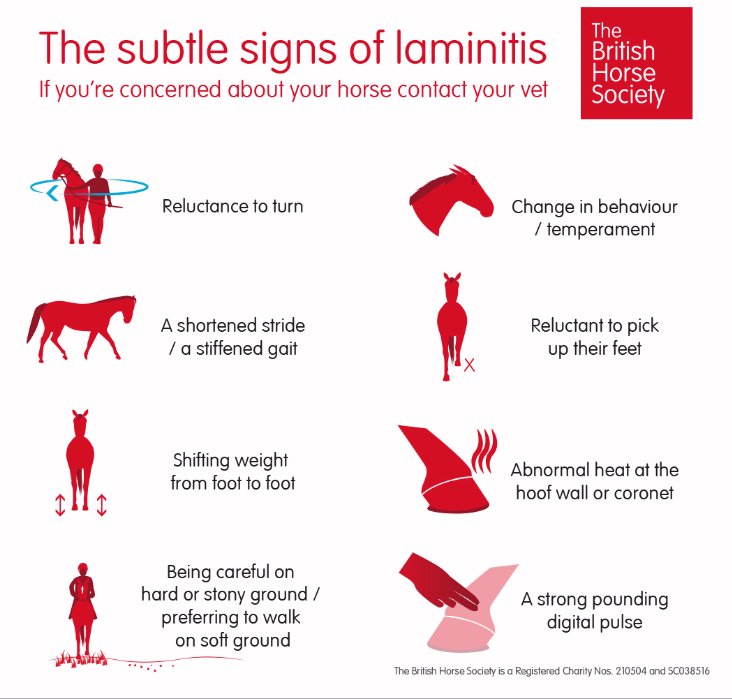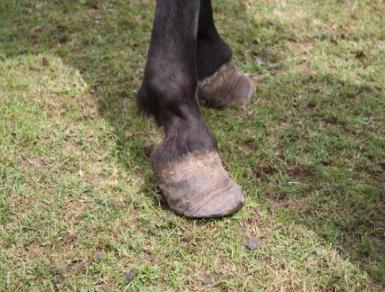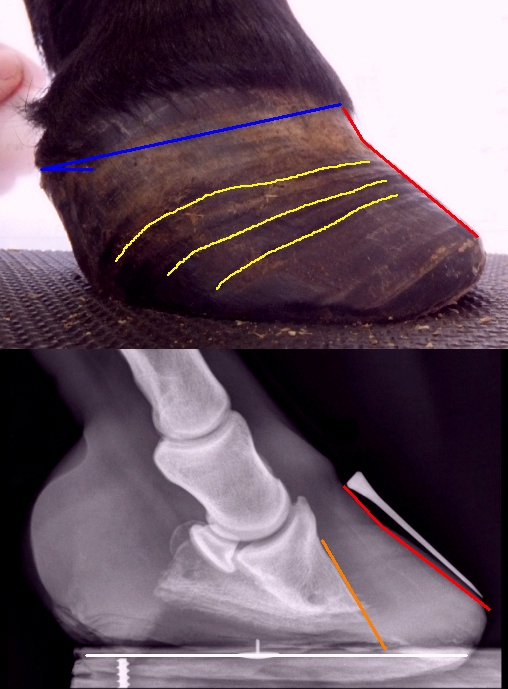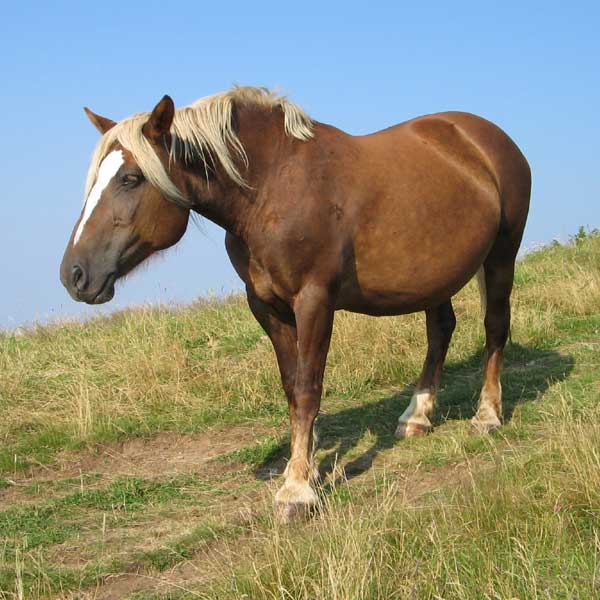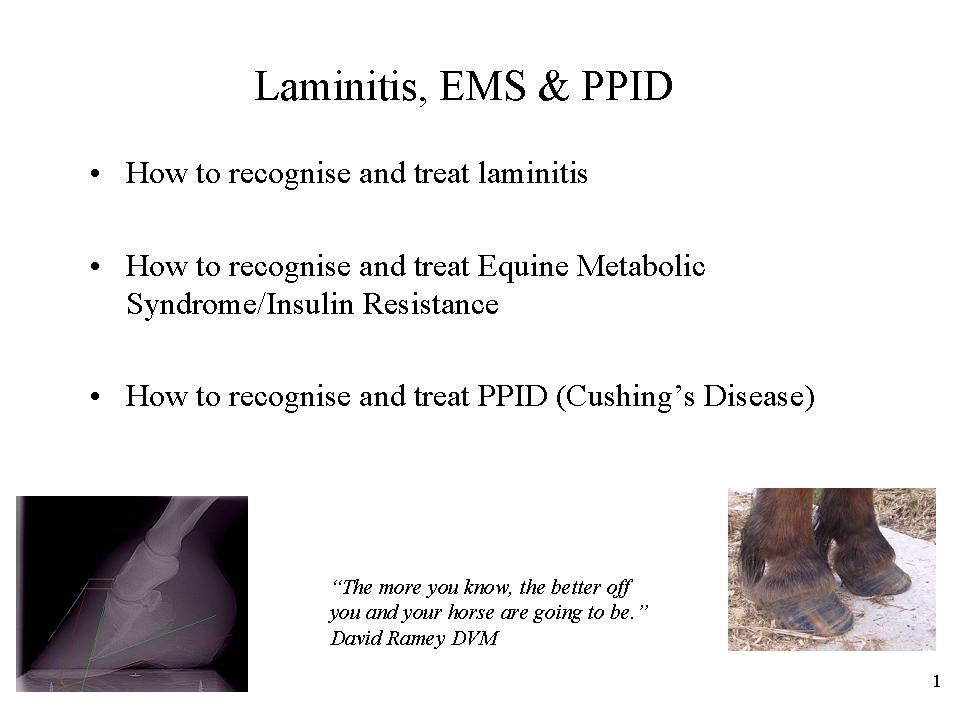Fantastic Tips About How To Spot Laminitis

When standing, the horse leans back onto his hind feet in an.
How to spot laminitis. How can i spot laminitis? A diagnosis of laminitis is based on clinical signs of lameness, bounding digital pulses and radiographic findings. In cases of acute laminitis, you may notice the following signs:
You should be able to faintly feel your horse’s pulse just behind his fetlock but if the pulse feels. The horse is unwilling to get up and is reluctant or unable to walk. If your horse becomes lame, shifts its weight, shortens its strides, or becomes reluctant to move, then you.
Radiographic changes also vary with the severity and chronicity of the. Bruised soles or stone bruises. widened white line, commonly. However, these should not be confused.
Rings in hoof wall that become wider as they are followed from toe to heel. Laminitis in your equine partner occurs when your horse’s laminae stretch, separate or break apart. Signs of laminitis lameness is typically seen in all four legs, although the forelegs may appear more badly affected.
Laminitis is diagnosed based on clinical signs, although this can be challenging in mild cases. The horse’s hoof will have the appearance of growth rings around the hoof wall, which generally indicates that it has suffered from laminitis in the past. How to spot it, treat it and prevent it appeared first on your horse.
There are many symptoms of laminitis. Common signs of laminitis include: Severe symptoms of laminitis increased temperature in the hoof for a prolonged period of time (when it’s not that hot outside!) can indicated trauma in the laminar tissues.

